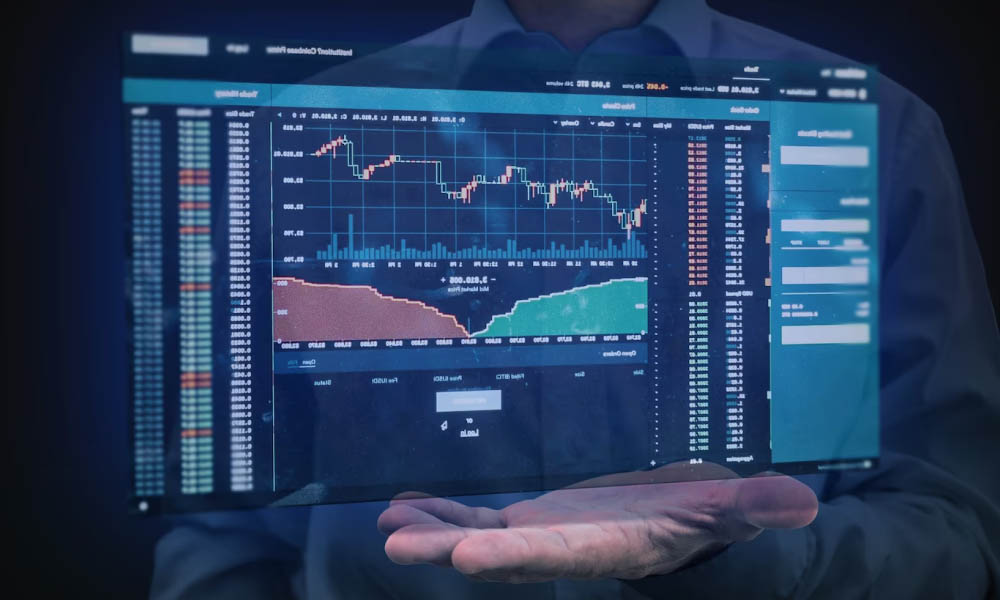Mastering the Art of Trading Crypto Charts

Mastering the Art of Trading Crypto Charts
In the ever-evolving world of cryptocurrency, mastering the art of Trading Crypto Charts is crucial for both novice and seasoned traders. As the market operates 24/7, the ability to understand price movements, trends, and volume is essential for making informed trading decisions. For those eager to enhance their trading skills, resources like Trading Crypto Charts https://mcbtravelsolutions.com/exness-mt4-demo-account-guides-and-reports/ can provide valuable insights and practical advice.
Understanding Crypto Charts
At its core, a crypto chart is a visual representation of the price movements of a cryptocurrency over time. These charts are integral tools for traders, allowing them to analyze past performance and predict future movements. The most common types of charts used in trading include line charts, bar charts, and candlestick charts. Each type offers a different perspective on the price action.
Line Charts
Line charts are the simplest form of charting available. They connect closing prices over a specified period, providing a clear, straightforward view of the asset’s price trend. While they are useful for a quick overview, line charts lack detailed information about price movements during that time frame.
Bar Charts
Bar charts provide more detailed information by displaying the open, high, low, and close (OHLC) prices for a specific period. Each bar on the chart represents a set time frame. Traders can gain insights into volatility and price action, making them essential for understanding market dynamics.
Candlestick Charts

Candlestick charts are often favored by traders due to their rich informational content. Each candlestick visually represents price action during a specific time frame, displaying the open, high, low, and close prices. The colors of the candlesticks indicate price movement: a green or hollow candlestick indicates a price increase, while a red or filled candlestick indicates a decrease. Candlestick patterns can also indicate potential market reversals or continuations, making them a vital component of trading strategies.
Technical Analysis in Crypto Trading
Technical analysis (TA) is a methodology for evaluating price movements in the crypto market. Traders use TA to identify trends, support and resistance levels, and potential entry and exit points. Key indicators often used include moving averages, Relative Strength Index (RSI), and MACD (Moving Average Convergence Divergence).
Moving Averages
Moving averages (MAs) smooth out price data to help traders identify trends over a specific period. The most commonly used MAs are the Simple Moving Average (SMA) and the Exponential Moving Average (EMA). Traders often use combinations of different MAs to spot potential market reversals and confirmation signals.
Relative Strength Index (RSI)
The RSI is a momentum indicator that measures the speed and change of price movements. It ranges from 0 to 100, with levels above 70 indicating an overbought condition and levels below 30 indicating an oversold condition. The RSI can help traders identify potential reversal points by signaling overextensions in price movement.
MACD
The MACD is another prevalent technical indicator that shows the relationship between two moving averages of an asset’s price. It consists of the MACD line, signal line, and histogram, which help traders identify trends’ strength and potential reversal signals. Understanding how to interpret this indicator can significantly enhance trading strategy effectiveness.
Developing a Trading Strategy

Every successful trader knows the importance of having a well-defined trading strategy. A comprehensive strategy should include entry and exit points, risk management rules, and an evaluation system to assess performance. Here are a few key components to consider:
Setting Goals
Before trading, it’s crucial to set clear goals. Are you trading for short-term gains or long-term investments? Understanding your objectives will help tailor your strategy.
Risk Management
Proper risk management is essential in trading. Traders often use techniques like stop-loss orders to limit potential losses and protect their capital. It’s advisable to risk only a small percentage of your trading capital on a single trade to safeguard against unexpected market movements.
Continuous Learning and Adaptation
The crypto market is characterized by volatility and rapid changes. Successful traders must continuously learn and adapt their strategies based on market conditions. Keeping up with news, trends, and technological advancements can give traders a competitive edge.
Psychology in Trading
Trading is not just about numbers and charts; the psychological aspect also plays a significant role. Emotion-driven decisions can lead to significant losses. Maintaining discipline, sticking to your plan, and managing emotions are vital for long-term success in trading. Consider practices such as keeping a trading journal to track decisions and emotions during trades.
Conclusion
Trading Crypto Charts can be a rewarding endeavor if approached with the right knowledge and strategy. By understanding various chart types, utilizing technical analysis, developing a solid trading strategy, and managing emotions, traders can enhance their effectiveness in this dynamic market. With the ever-changing landscape of cryptocurrency, continuous education and adaptation remain the keys to success. Happy trading!
